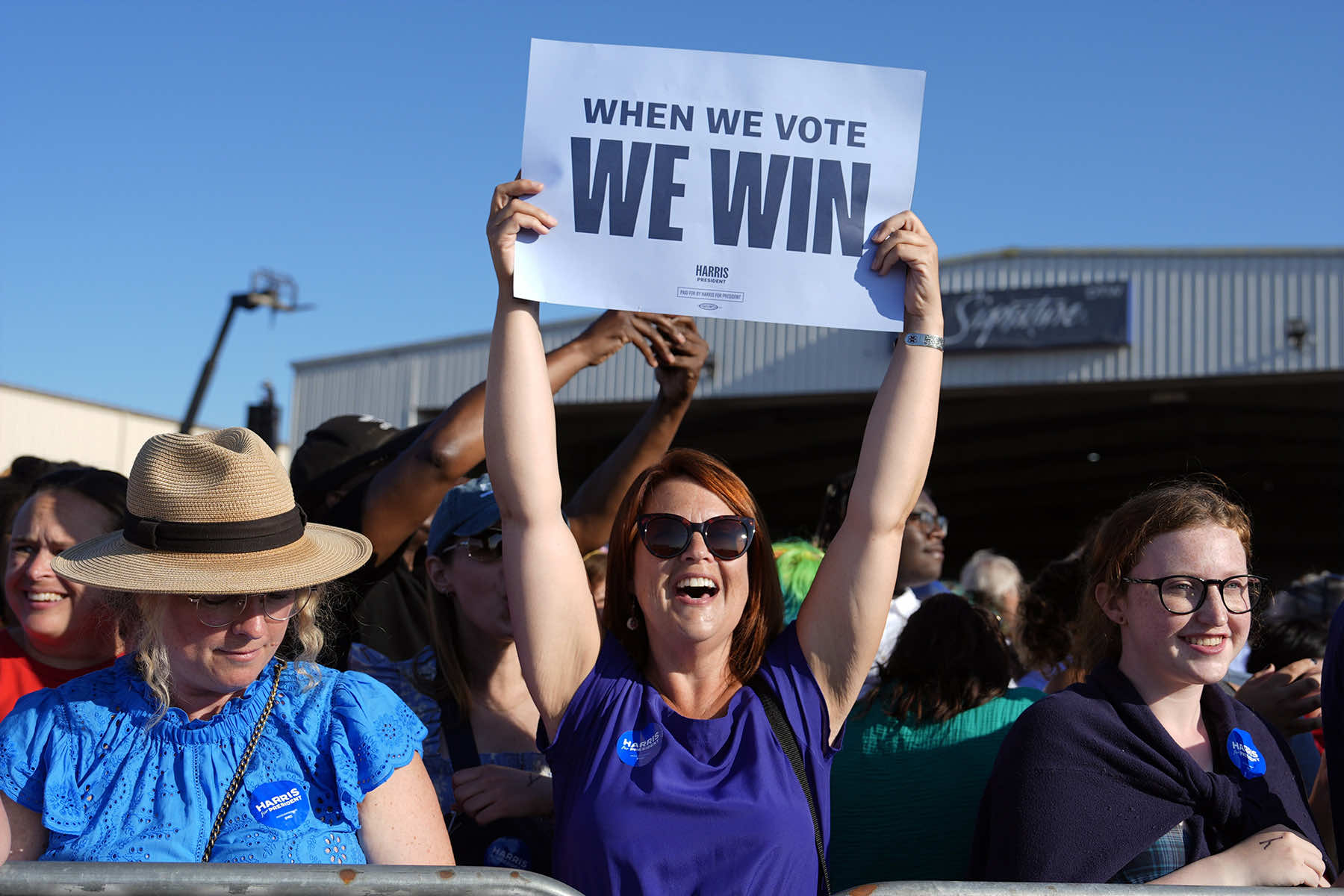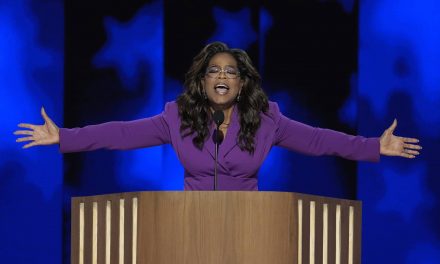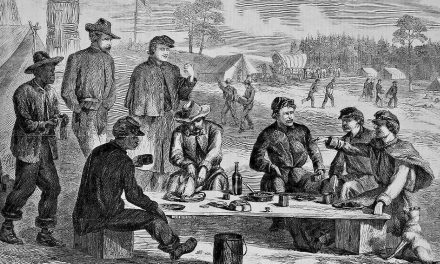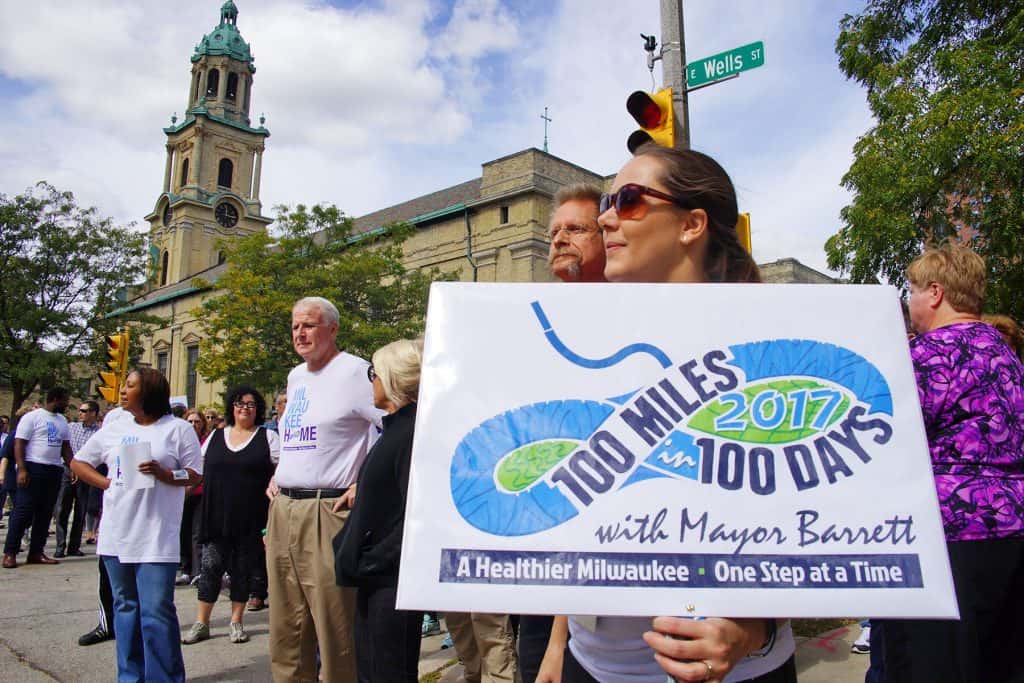
Vice President Kamala Harris’s choice of Minnesota governor Tim Walz to be her running mate seems to cement the emergence of a new Democratic Party.
When he took office in January 2021, President Joe Biden was clear that he intended to launch a new era in America, overturning the neoliberalism of the previous forty years and replacing it with a proven system in which the government would work to protect the ability of ordinary Americans to prosper.
Neoliberalism relied on markets to shape society, and its supporters promised it would be so much more efficient than government regulation that it would create a booming economy that would help everyone. Instead, the slashing of government regulation and social safety systems had enabled the rise of wealthy oligarchs in the U.S. and around the globe. Those oligarchs, in turn, dominated poor populations, whose members looked at the concentration of wealth and power in the hands of a few people and gave up on democracy.
Biden recognized that defending democracy in the United States, and thus abroad, required defending economic fairness. He reached back to the precedent set by Democratic president Franklin Delano Roosevelt in 1933 and followed by presidents of both parties from then until Ronald Reagan took office in 1981.
Biden’s speeches often come back to a promise to help the parents who “have lain awake at night staring at the ceiling, wondering how they will make rent, send their kids to college, retire, or pay for medication.” He vowed “to finally rebuild a strong middle class and grow our economy from the middle out and bottom up, giving hardworking families across the country a little more breathing room.”
Like his predecessors, he set out to invest in ordinary Americans. Under his administration, Democrats passed landmark legislation like the American Rescue Plan that rebuilt the economy after the devastating effects of the coronavirus pandemic; the Bipartisan Infrastructure Law that is rebuilding our roads, bridges, ports, and airports, as well as investing in rural broadband; the CHIPS and Science Act that rebuilt American manufacturing at the same time it invested in scientific research; and the Inflation Reduction Act, which, among other things, invested in addressing climate change. Under his direction, the government worked to stop or break up monopolies and to protect the rights of workers and consumers.
Like the policies of that earlier era, his economic policies were based on the idea that making sure ordinary people made decent wages and were protected from predatory employers and industrialists would create a powerful engine for the economy. The system had worked in the past, and it sure worked during the Biden administration, which saw the United States economy grow faster in the wake of the pandemic than that of any other developed economy. Under Biden, the economy added almost 16 million jobs, wages rose faster than inflation, and workers saw record low unemployment rates.
While Biden worked hard to make his administration reflect the demographics of the nation, tapping more women than men as advisors and nominating more Black women and racial minorities to federal judicial positions than any previous president, it was Vice President Kamala Harris who emphasized the right of all Americans to be treated equally before the law.
She was the first member of the administration to travel to Tennessee in support of the Tennessee Three after the Republican-dominated state legislature expelled two Black Democratic lawmakers for protesting in favor of gun safety legislation and failed by a single vote to expel their white colleague. She has highlighted the vital work historically Black colleges and universities have done for their students and for the United States.
And she has criss-crossed the country to support women’s rights, especially the right to reproductive healthcare, in the two years since the Supreme Court, packed with religious extremists by Trump, overturned the 1973 Roe v. Wade decision.
To the forming Democratic coalition, Harris brought an emphasis on equal rights before the law that drew from the civil rights movements that stretched throughout our history and flowered after 1950. Harris has told the story of how her parents, Dr. Shyamala Gopalan, who hailed from India, and Donald J. Harris, from Jamaica, met as graduate students at the University of California, Berkeley and bonded over a shared interest in civil rights. “My parents marched and shouted in the Civil Rights Movement of the 1960s,” Harris wrote in 2020. “It’s because of them and the folks who also took to the streets to fight for justice that I am where I am.”
To these traditionally Democratic mindsets, Governor Walz brings something quite different: midwestern Progressivism. Walz is a leader in the Minnesota Democratic-Farmer-Labor Party, which formed after World War II, but the reform impulse in the Midwest reaches all the way back to the years immediately after the Civil War and in its origins is associated with the Republican, rather than the Democratic, Party.
While Biden’s approach to government focuses on economic justice and Harris’s focuses on individual rights, Walz’s focuses on the government’s responsibility to protect communities from extremists. That stance sweeps in economic fairness and individual rights but extends beyond them to recall an older vision of the nature of government itself.
The Republican Party’s roots were in the Midwest, where ordinary people were determined to stop wealthy southern oligarchs from taking over control of the United States government. That determination continued after the war when people in the Midwest were horrified to see industrial leaders step into the place that wealthy enslavers had held before the war. Their opposition was based not in economics alone, but rather in their larger worldview. And because they were Republicans by heritage, they constructed their opposition to the rise of industrial oligarchs as a more expansive vision of democracy.
In the early 1870s the Granger movement, based in an organization originally formed by Oliver H. Kelley of Minnesota and other officials in the Department of Agriculture to combat the isolation of farm life, began to organize farmers against the railroad monopolies that were sucking farmers’ profits. The Grangers called for the government to work for communities rather than the railroad barons, demanding business regulation.
In the 1870s, Minnesota, Iowa, Wisconsin, and Illinois passed the so-called Granger Laws, which regulated railroads and grain elevator operators. When such a measure was proposed in California, railroad baron Leland Stanford called it “pure communism” and hired former Republican congressman Roscoe Conkling to fight it by arguing that corporations were “persons” under the Fourteenth Amendment.
Robert La Follette grew up on a farm near Madison, Wisconsin, during the early days of the Grangers and absorbed their concern that rich men were taking over the nation and undermining democracy. One of his mentors warned: “Money is taking the field as an organized power. Which shall rule—wealth or man; which shall lead—money or intellect; who shall fill public stations—educated and patriotic free men, or the feudal serfs of corporate capital?”
In the wake of the Civil War, La Follette could not embrace the Democrats. Instead, he and people like him brought this approach to government to a Republican Party that at the time was dominated by industrialists. Wisconsin voters sent La Follette to Congress in 1884 when he was just 29, and when party bosses dumped him in 1890, he turned directly to the people, demanding they take the state back from the party machine. They elected him governor in 1900.
As governor, La Follette advanced what became known as the “Wisconsin Idea,” adopted and advanced by Republican President Theodore Roosevelt. As Roosevelt noted in a book explaining the system, Wisconsin was “literally a laboratory for wise experimental legislation aiming to secure the social and political betterment of the people as a whole.” La Follette called on professors from the University of Wisconsin, state legislators, and state officials to craft measures to meet the needs of the state’s people. “All through the Union we need to learn the Wisconsin lesson,” Roosevelt wrote.
In the late twentieth century, the Republican Party had moved far away from Roosevelt when it embraced neoliberalism. As it did so, Republicans ditched the Wisconsin Idea: Wisconsin governor Scott Walker tried to do so explicitly by changing the mission of the University of Wisconsin system from a “search for truth” to “improve the human condition” to a demand that the university “meet the state’s workforce needs.”
While Republicans abandoned the party’s foundational principles, Democratic governors have been governing on them. Now vice-presidential nominee Walz demonstrates that those community principles are joining the Democrats’ commitment to economic fairness and civil rights to create a new, national program for democracy.
It certainly seems like the birth of a new era in American history. At a Harris-Walz rally in Arizona in August, Mayor John Giles of Mesa, Arizona, who describes himself as a lifelong Republican, said:
“I do not recognize my party. The Republican Party has been taken over by extremists that are committed to forcing people in the center of the political spectrum out of the party. I have something to say to those of us who are in the political middle: You don’t owe a damn thing to that political party … [Y]ou don’t owe anything to a party that is out of touch and is hell-bent on taking our country backward. And by all means, you owe no displaced loyalty to a candidate that is morally and ethically bankrupt…. [I]n the spirit of the great Senator John McCain, please join me in putting country over party and stopping Donald Trump, and protecting the rule of law, protecting our Constitution, and protecting the democracy of this great country. That is why I’m standing with Vice President Harris and Governor Walz.”
Vice President Harris put it differently. Speaking to a United Auto Workers local in Wayne, Michigan, she explained what she and Walz have in common.
“A whole lot,” she said. “You know, we grew up the same way. We grew up in a community of people, you know — I mean, he grew up … in Nebraska; me, Oakland, California — seemingly worlds apart. But the same people raised us: good people; hard-working people; people who had pride in their hard work; you know, people who had pride in knowing that we were a community of people who looked out for each other—you know, raised by a community of folks who understood that the true measure of the strength of a leader is not based on who you beat down. It’s based on who you lift up.”
Julia Nikhinson (AP), Carlos Osorio (AP), and Kayla Wolf (AP)
Letters from an Аmerican is a daily email newsletter written by Heather Cox Richardson, about the history behind today’s politics

















